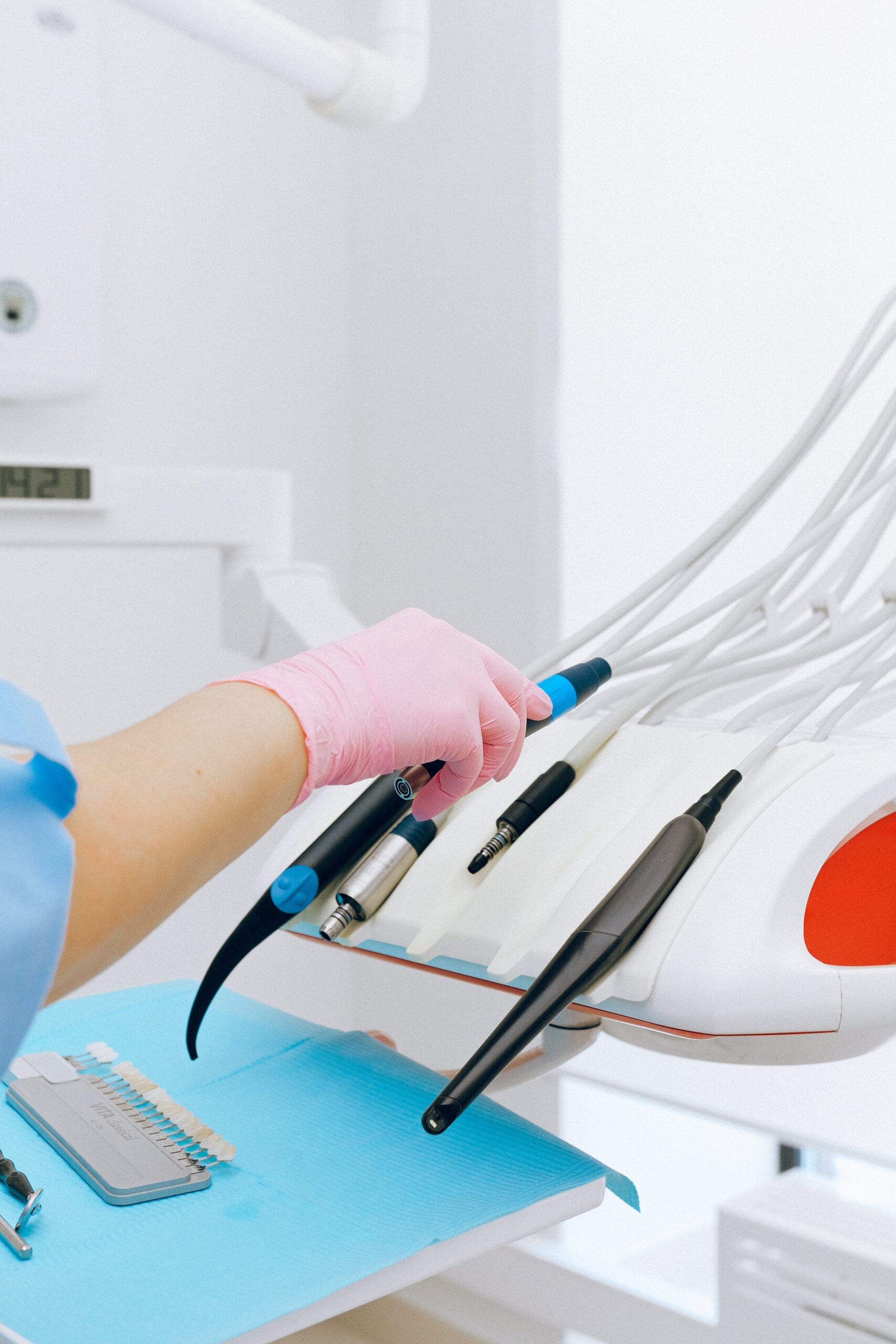Introduction: In the realm of dentistry, technological advancements have been transforming the way dental professionals deliver care. The continuous evolution of dental equipment has enabled dentists to offer more precise, efficient, and patient-friendly treatments. In this article, we delve into the ever-evolving landscape of dental equipment, exploring the most prominent trends that are shaping the field.
Part 1: Digitalization and Sensory Technologies in Dentistry Digitalization has become a linchpin of modern dentistry, significantly enhancing diagnostics and treatment planning. Here's an in-depth look at the key elements:
- 3D Scanning and Printing: The advent of 3D scanning and printing technology has revolutionized the creation of dental prosthetics and implants. These innovations enable precise, patient-specific solutions, reducing the margin for error.
- Sensory Technologies: Sensor-based technologies, including intraoral scanners, have improved the accuracy of dental procedures, such as impressions and restoration placement. They enhance patient comfort and reduce chair time, making dental visits more pleasant.
- Pros and Cons of Digitalization: While digitalization brings numerous benefits, it also raises concerns, including the need for extensive training and initial investment costs. We explore both the advantages and potential drawbacks.
Part 2: Energy-Efficient and Eco-Friendly Solutions Sustainability and environmental consciousness are gaining momentum in the dental equipment industry. Let's take a closer look:
- Energy-Efficient Dental Chairs: Dental chairs are pivotal in any practice, and modern designs prioritize energy efficiency. They utilize advanced engineering to reduce power consumption, contributing to cost savings and sustainability.
- Biodegradable Materials: Dental equipment manufacturers are increasingly incorporating biodegradable materials into their products, reducing environmental impact. From disposable items to chair upholstery, biodegradability is becoming a sought-after feature.
- Recycling Initiatives: Dental practices are adopting recycling programs for materials like amalgam waste, lead foils, and old equipment. We explore how these programs promote eco-consciousness within the dental community.
Part 3: Teledentistry and Remote Consultations The rise of teledentistry has changed the landscape of dental care. Here's a comprehensive look at this transformative trend:
- Teledentistry's Role: The article highlights the pivotal role of teledentistry in expanding access to dental care, offering remote consultations, and facilitating triage in emergency cases.
- Platforms for Remote Consultations: We review the latest platforms that enable dentists to provide consultations and diagnostics online, emphasizing their convenience and security.
- Pros and Cons of Teledentistry: While teledentistry has immense potential, it also has its limitations. This section outlines the advantages and challenges, such as the need for proper regulations.
Part 4: Automation and Artificial Intelligence The integration of automation and artificial intelligence is shaping a new era in dentistry. Here's an in-depth analysis:
- Automated Systems: From robotic surgical instruments to AI-driven diagnostic tools, automation is streamlining dental procedures, increasing precision, and reducing procedural errors.
- AI in Dentistry: Artificial intelligence is becoming a valuable asset in diagnostics and treatment planning. We discuss how AI is being utilized in areas like image analysis and patient management.
- Future Prospects: This section explores the potential future developments in automation and AI in dentistry, emphasizing their potential to enhance patient care.
Conclusion: The dynamic landscape of dental equipment is evolving rapidly, with digitalization, sustainability, teledentistry, and AI as major drivers of change. Staying informed about these emerging trends is crucial for dental professionals looking to provide the best possible care to their patients while remaining environmentally responsible and efficient in their practice. As these trends continue to develop, we can expect even more exciting innovations on the horizon.
